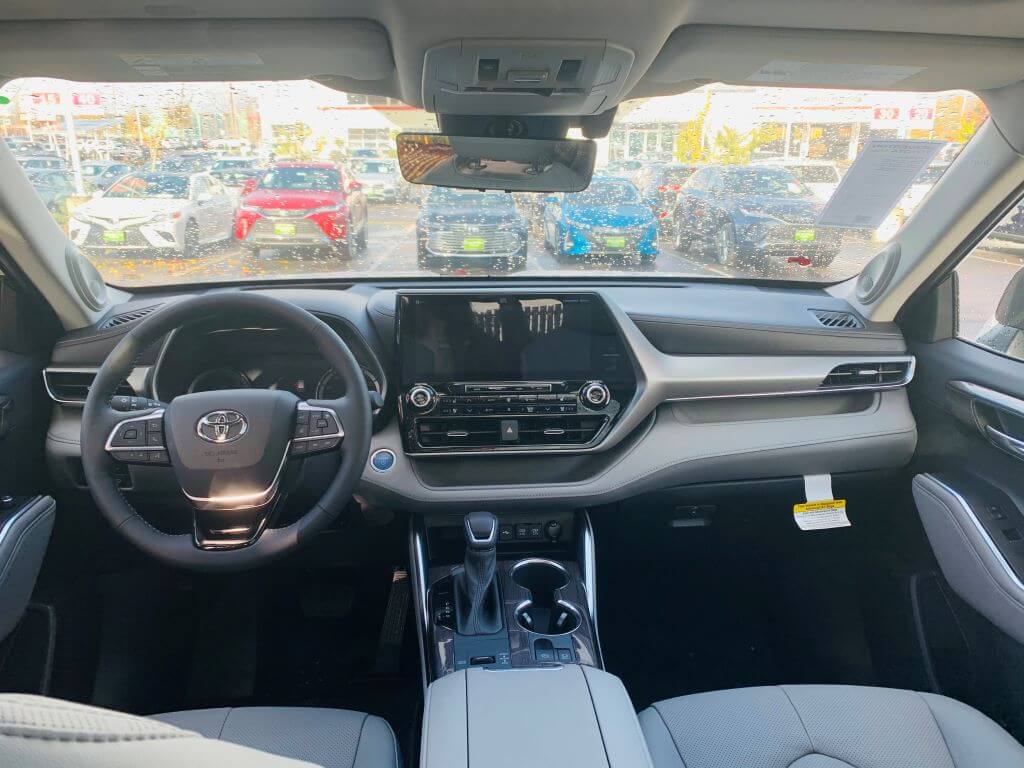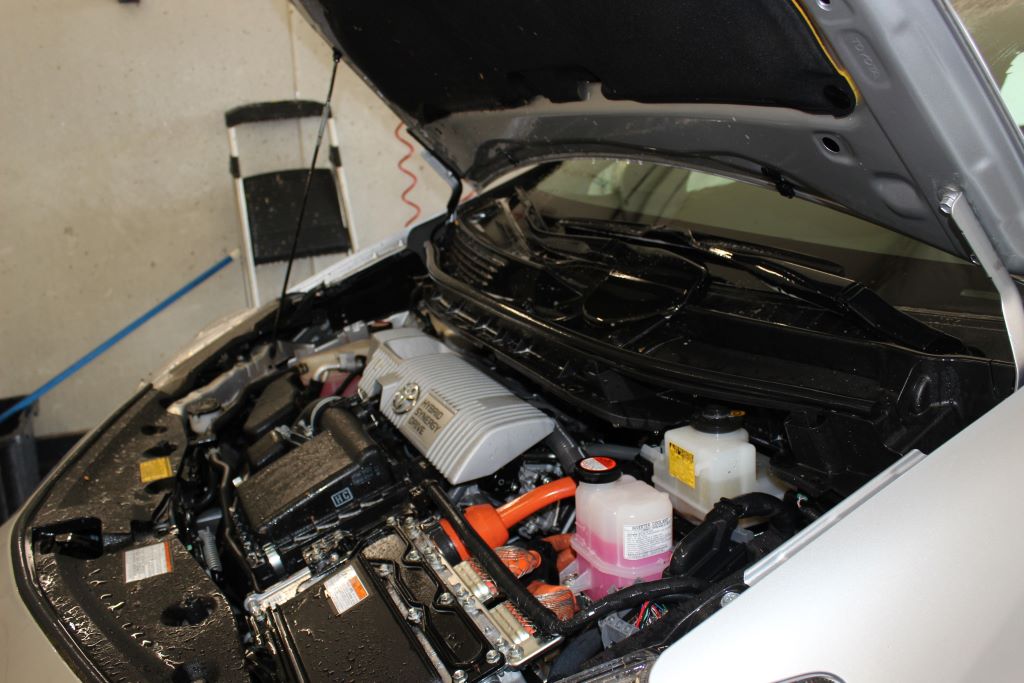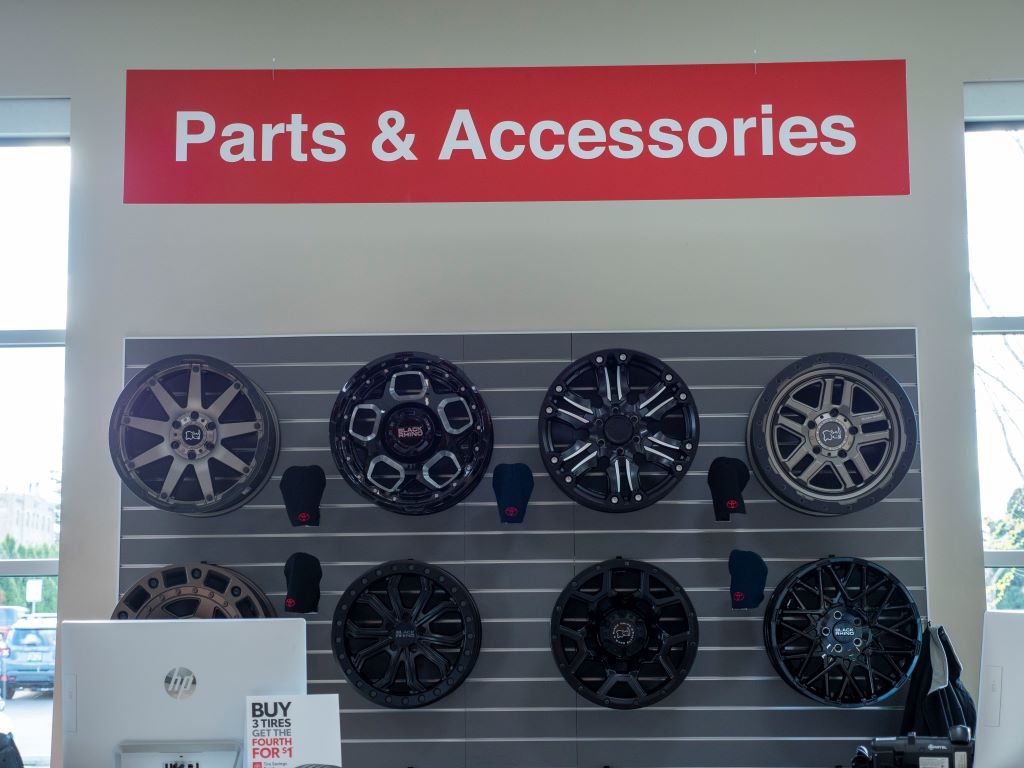Winter is coming … but seriously, during the winter months, when dangerous weather conditions become a regular occurrence, it’s important to ensure your car is properly prepared. Rain, snow, ice, and even heavy wind can cause damage to your vehicle, not to mention put you at risk when you are driving. Driving a Toyota in winter conditions is perfectly safe, however—provided you have taken a few precautions.
Below, we’ll discuss how to prepare to drive your Toyota in the snow and rain so that you can be ready for any weather.
Is It Always Necessary to Winterize a Car?
The short answer is yes. It is always necessary to winterize your vehicle to some degree. While the level of precaution you must take will depend upon what vehicle you have, as well as the weather conditions in your area, ultimately, any level of cold weather will render it necessary to take certain precautions.
Don’t Forget the Windows
Give the windows some attention. Visibility is an absolute necessity, especially when driving during inclement weather. The buildup of dirt and grime on the windows will reduce your ability to navigate when it’s already difficult to see, so that dirt and grime should be minimized. The first step you should take is to replace your windshield wiper blades if they show any wear and tear. In fact, they should be replaced every 12 months, depending on the climate, and technicians do a visible inspection every time you visit Beaverton Toyota.
But often, the driver is the first to notice it’s time for a replacement, and you don’t want to wait until it becomes a larger issue. If they’re cracking, for example, the cold will exacerbate this and may cause them to fail to work as effectively. You can just let us know when you’re here, or come by the Parts Department and pick up new inserts.
Another important step is to ensure that your window washer fluid contains some kind of antifreeze agent. Regular water can freeze during the coldest days, but a little antifreeze can keep your windows clean and help to keep you safe during the winter.

Check All Fluid Levels
Cold weather can affect the fluid levels in your car, including brake fluid, oil, transmission fluid, and radiator fluids. Every vehicle is a little different so we recommend referring to your owner’s manual or giving us a call to discuss your specific maintenance plan. Additionally, everyone’s driving habits differ so how you use your vehicle plays a large role when it comes to actual replacement. A snowstorm is essentially the worst time for a vehicle to malfunction, so you want to make sure your fluid levels are all where they need to be before the winter months begin.
These levels should be checked regularly anyway, no matter the season, as a problem with any one of them can lead to problems with the car and eventually a breakdown. In fact, Beaverton Toyota technicians do a visual inspection of your fluid levels at every service appointment.

And the Battery Too
Cold weather also has an effect on your car battery, especially if it’s not fully charged. If the temperature drops enough, the battery can freeze completely. Indeed, one of the most common calls mechanics receive during the winter is for frozen batteries. Before the weather starts to turn, visit a mechanic and ask for a battery test. (Our technicians do a battery inspection during every multi-point inspection.) Your mechanic will be able to tell you what temperature your battery is likely to fail at. If it seems like this temperature falls within a level you are likely to be driving in, you may need to have some preventative maintenance performed.
Short daily drives help to keep the battery charged. On days when you aren’t planning to go anywhere, even driving around the block for 10 minutes can help to preserve your battery when it’s especially cold. When the vehicle is parked, you can also wrap the battery in a thermal blanket to help prevent it from freezing.
Look Into Winter Tires or Tire Chains
Lots of rain, ice, and snow can leave the roads slick and slippery. With ordinary tires, you can risk planing on the icy conditions and getting into an accident. Odds are, your car isn’t built for these types of conditions—or at least, your tires are not—and that’s why you might want to have your tires switched with winter ones when the snow arrives. These winter tires aren’t great for your fuel efficiency and can wear out faster than ordinary tires, so they shouldn’t be kept on all year, but during the winter, they are the best thing for driving on slick roads.
If it’s extremely snowy or you’re driving into mountainous terrain, you may need tire chains. Driving a Toyota in the snow might require you to pay a visit to your dealer at Beaverton Toyota to request a set of these.

Think About All-Wheel Drive (AWD)
A vehicle with all-wheel drive—that is, one that engages all of the wheels at once—is best for snowy conditions. Many vehicles, such as the Toyota Prius AWD, are great for all seasons because they run great through the rest of the year but also are equipped for winter conditions. AWD differs from 4-Wheel Drive (4WD) because it is always active. With 4WD, you can turn it on and off. While this can be excellent at certain times, 4WD doesn’t do as well on bare dry roads, and AWD is considered optimal for winter conditions.

Park Your Car in a Garage If You Can
Finally, if you have the ability to do so, you should park your car in a garage, as opposed to leaving it parked outside. The garage will provide some protection against the elements when the car is not in use. Ice and snow won’t be able to pelt the car as it sits unprotected in a lot, and the battery will have less of a chance of freezing. If you cannot park your car in a garage, you might consider investing in a cover to use when the vehicle is parked, which will at least afford some measure of protection from the elements.





